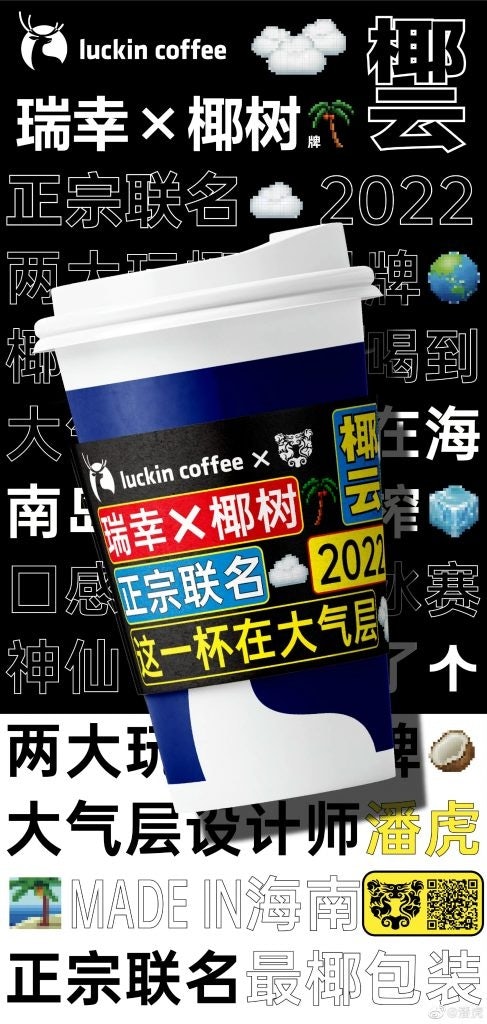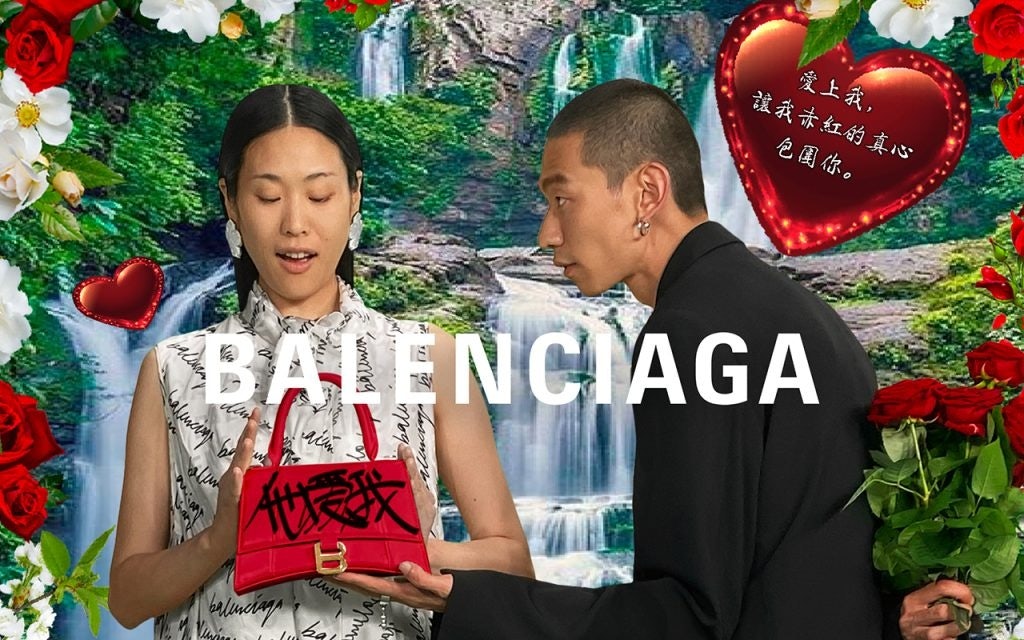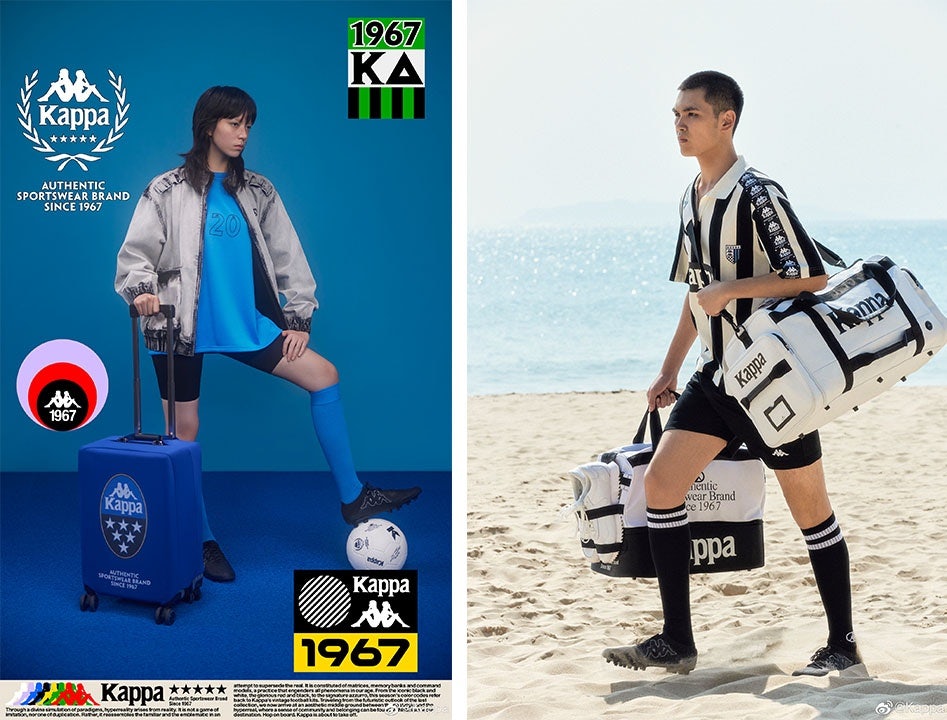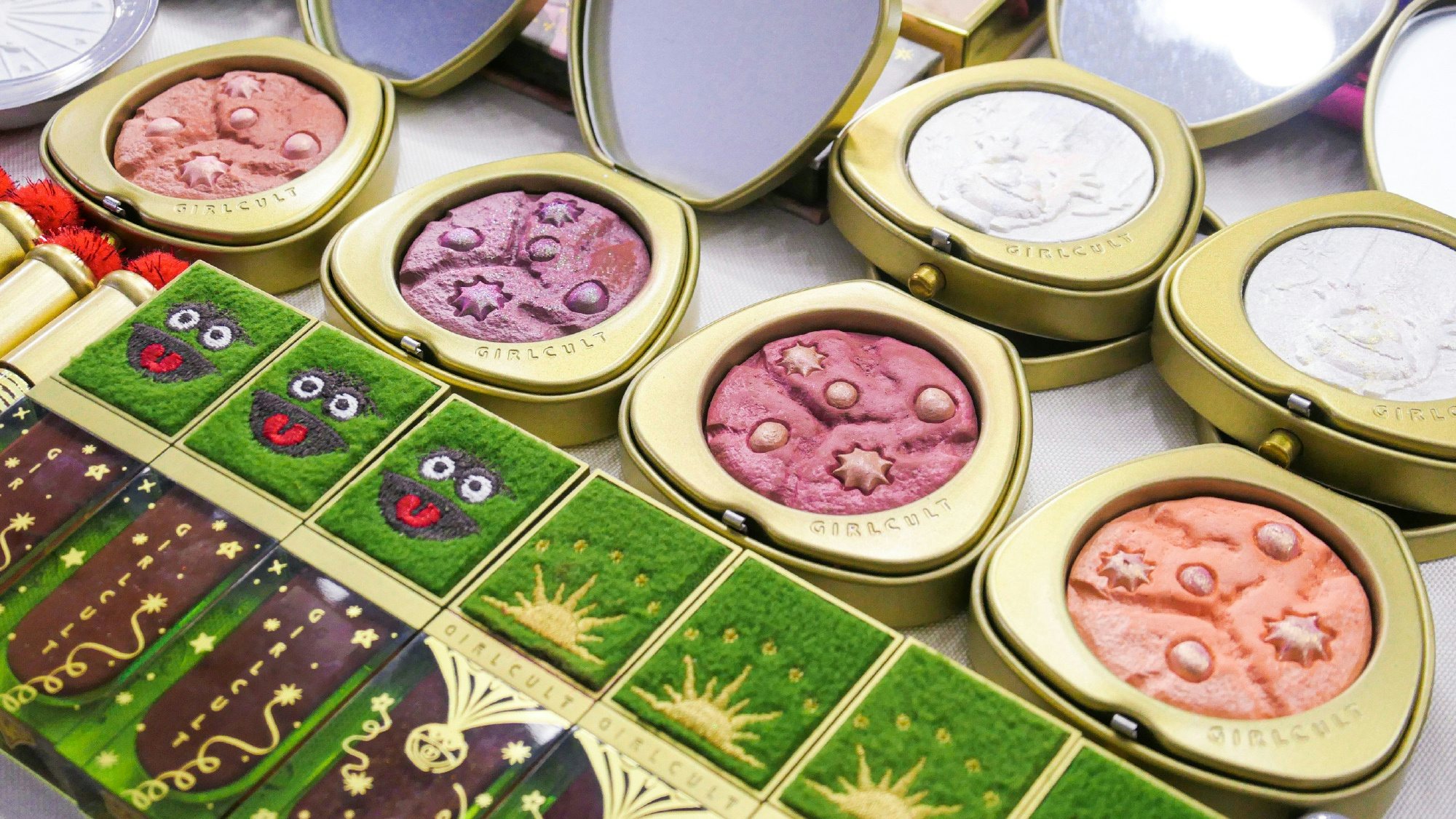Jing Daily’s monthly Chinese Collabs column looks at the China-related collaborations and drops that are transforming the retail landscape. From local fashion brands to C-beauty, virtual idols to NFTs, and KOLS to lifestyle and games, Jing Daily offers a curated selection of what’s dropping and the trends behind them. The column also features in Jing Daily’s bi-weekly Collabs and Drops newsletter — a 360-degree lowdown on the world of collaboration.
The success of Alexander Wang’s latest campaign proves, yet again, that understanding the nuances of Chinese culture can really pay off. In it, Wang cleverly tapped the country’s growing fascination with the “tuwei” or “rube” trend known in mandarin as “土潮,” which is the focus of this month’s Chinese Collabs column.
The ability of niche styles to tip never fails to surprise, but the rollout of mainland China's “country bumpkin” style, with local characteristics, of course, will raise more than an eyebrow. The buzzy internet word has a multitude of definitions and interpretations; from something that is considered tacky or of very low taste to what’s outdated or off-trend. Add to that, it can evoke feelings of nostalgia, a fact that’s playing particularly well with millennial and older Gen Zers.
For these reasons, it has much flexibility for luxury houses' interpretation as well as the potential to send products, campaigns and companies viral. Adam Knight, cofounder of cross cultural agency, Tong tells Jing Daily: “If I had to put my finger on why this resonates, I’d say the way in which this aesthetic jars allows consumers to feel like they’re subverting the mainstream, all while still paying homage to their favorite logos.”

The collaboration between
Luckin Coffee x#
Yeshu Coconut Group,#
which has taken the country by storm, offers an insight into the craze more generally. The former is known for its high-class branding but the latter is notorious for its extremely rustic, rube and vulgar visual style. It’s hardly surprising then that a game in which citizens combine characters from the packaging into humorous sentences has been trending on Weibo and Xiaohongshu.
It's co-branded product, Yeyun Latte (coconut milk latte), sold over 660,000 cups on the first day and sparked heated discussion on social media. With three unique hashtags and countless organic ones, some with hashtags, some without hashtags, some with only pictures, much of the chatter around the campaign focused on the line between being overly “tu” or “chao” (trendy).
When it comes to luxury, Xiaolei Gu, Director, Innovation Consulting at global innovation agency Fabernovel, says that “being rube” works when it's creating a contrast as to how a label or product is perceived. This means one name has emerged as a clear leader in “tuwei” culture — Balenciaga.

“If we want to see rube campaigns, then I think Balenciaga is the king in Chinese consumer's minds,” Gu states. In fact, the symbol for rube (土) is actually like Balenciaga’s (土). Even so, it hasn’t always worked for the provocative house — it’s Valentine’s Day (Qixi Festival) campaign in 2020 received floods of negative comments.
Perhaps, then, it’s worth collaborating with a local name for safer results. For a Chinese designer take, there’s the soccer-inspired campaign from
Kappa x Xander Zhou,#
which plays upon the nostalgia associated with rube style. “Football is extremely popular in China, and associated with that golden age of the Italian soccer team,” Gu continues. “This is what we call 时代的印记 or the mark of a generation.”
Kappa has cleverly continued its mission to tap youthful local names, as a recent WeChat comment — which ironically shows how rube style can elevate a product — explains: “Kappa should thank Xander Zhou for making their sportswear look more high-end.”

Integral to this popularity, Gu reminds us, is its power to unlock “collective childhood memories,” which were mainly formed during a burst of consumption many witnessed during the late 80s and 90s in China.
One collab reactivating this is the chance IP tie-up between the domestic makeup brand
Girlcult x Sesame Street,#
the popular American children’s TV show. Although the packaging shows the cute characters, the product’s name also hints at the rudeness and jaring quality that rube thrives on: in Chinese, “口吐芬芳” originally means “fragrance coming out of one’s month” as a compliment, but now it also means “cursing at someone” on social media. And, apart from various compliments, there was also a bit of backlash that Girlcut is simply “chasing after traffic.”
The rube, or country bumpin, trend is not without its challenges, but today, it’s permeating Chinese consumers' consciousness, particularly in lower-tier cities and among consumers with low-to-medium spending power. And, as Knight reminds, this demographic has always been difficult to reach. As first-tier cities begin to top out in terms of market saturation, their importance will only grow. Therefore: “Luxury needs to be open to whatever works.”
